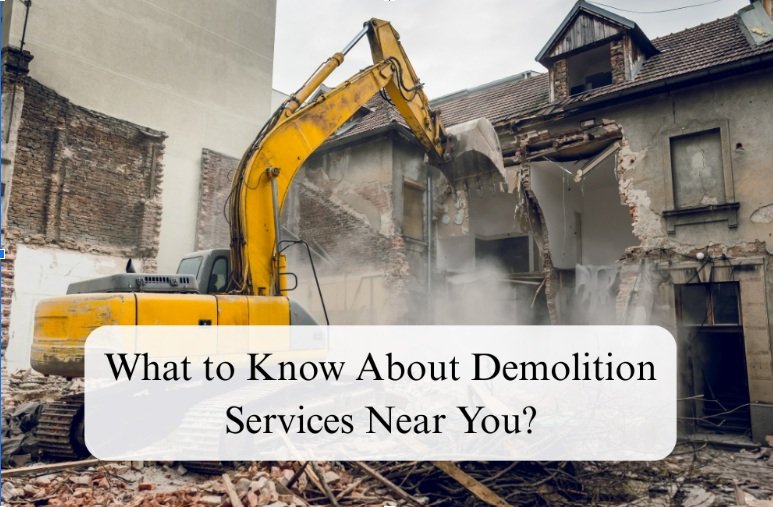
Thinking about clearing a structure or stripping it back to start fresh can feel daunting. There’s noise, dust, permits, and a dozen moving parts. The simplest path forward is to break the task into stages: discovery, plan, prep, and clean finish. Start with what you want removed (whole building or partial), then map services like power, gas, and water. Add constraints—tight access, trees you want to keep, neighbours who work nights—so nothing is missed. From there, you can compare quotes that describe the same job, not three different interpretations. When you’re weighing options, it helps to ground the conversation in the kind of scope a capable crew would expect for building demolition so timelines, waste handling, and safety measures are clear before anyone turns a screw.
A tidy brief removes guesswork and keeps costs honest. Two short sentences and a quick sketch beat ten emails later.
Once this is written down, quotes start to look comparable. You’ll also spot easy savings—like moving a fence panel for access—before day one. In my case, shifting a letterbox by a metre saved two days of hand-carrying debris down a narrow path.
Demolition is a chain of small, controlled actions. Defining the order makes the job safer and faster.
Clear roles help too—who manages permits, disconnects utilities, arranges bins, and handles neighbour notices. When responsibilities are named up front, disputes don’t have room to grow later.
Paperwork isn’t theatre; it’s how you avoid injuries and delays. The goal is practical control of risks, not a binder that never leaves the ute.
When you’re grounding decisions in recognised practices, look to straightforward, public guidance on demolition work. Using that as a checklist keeps the focus on what actually reduces harm—securing services, planning the sequence, and keeping people out of danger zones.
Good prep makes the first swing look easy. Think of it as clearing the chessboard before you play.
I’ve seen a day saved just by moving two parked trailers and putting down timber mats. Machines could turn once instead of shuttling back and forth, which also kept dust down and neighbours calmer. Before demolition day, we aligned salvage, skip schedules, and neighbour notices with the ultimate moving house checklist, which kept the handover calm and predictable.
Plenty of small tasks sit comfortably on the homeowner side of the fence, but some belong with a crew that does this every week.
A quick story: I once started a “simple” bathroom strip on a public holiday. By lunchtime, the pile looked small, but my arms were cooked.
A quiet job is a faster job because it avoids stop-start disputes. Small courtesies help more than you’d think.
You’re not aiming for silence—just predictability. When people know what to expect, they plan around it, and life goes on.
The end isn’t the last skip leaving; it’s a site you can actually use tomorrow.
Those tiny touches stop a “finished” site from turning into a week of tidy-up jobs nobody priced.
Most problems spring from rushing the boring bits. Slow down where it counts.
The cure is dull: write the plan, walk the plan, adjust the plan. That rhythm beats heroics every time.
Demolition is less about brute force than quiet organisation. Define the outcome, sequence the work, and give space to safety—especially around utilities, hazardous materials, and exclusion zones. Keep neighbours informed, stage salvage if you want it, and set quotes against an identical scope so the value shows up clearly. The right crew will move carefully but constantly, leaving a site that’s genuinely ready for the next trade. Do those basics well, and the noisy day in the middle becomes just that—a day—on the way to whatever you’re building next.
Transform Your Home: The Renovation Projects That Actually Add Value to Your Property
October 16, 2025The Hidden Costs of Running an Old Air Conditioner
October 16, 2025Powering Up Wollongong: How Local Electricians Keep the City Running
October 16, 2025Kit homes for sale: a practical NSW buyer’s guide
October 8, 2025How Modern Tech Is Changing the Way We Heat Water
October 6, 2025